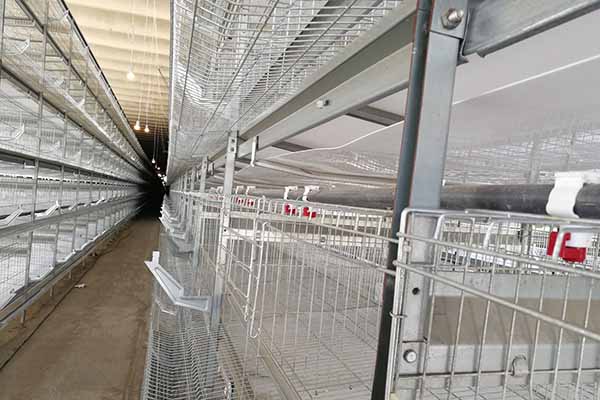Optimizing Manure Removal Systems for 40,000 Laying Hens in Ghana
The poultry industry in Ghana is rapidly growing, with a significant increase in the number of laying hens. As the industry expands, so does the challenge of efficiently managing manure removal systems. This article aims to provide insights into an effective manure removal system designed for a 40,000 laying hen facility in Ghana.
Efficient Manure Management
Manure Removal Challenges:
– Volume: With 40,000 laying hens, the volume of manure produced is substantial, requiring a system capable of handling high capacities.
– Health Concerns: Proper manure removal is crucial for maintaining a healthy environment, reducing the risk of disease spread among the birds.
– Regulatory Compliance: Ghana’s regulations require poultry farms to have efficient waste management systems to minimize environmental impact.
System Overview
The manure removal system for the 40,000 laying hen facility is designed to be highly efficient and cost-effective. Here’s an overview of the key components:
– Solid Separation: A solid-liquid separator is used to separate the solid manure from the waste water. This increases the efficiency of subsequent treatment processes.
– Composting Area: The separated solid manure is composted in a covered area, reducing the risk of odors and pests.
– Waste Water Treatment: The treated waste water is then processed through an anaerobic digester to produce biogas, which can be used for heating or electricity generation.
– Automatic Collection: The manure is automatically collected using a conveyor belt system, minimizing labor costs and improving efficiency.
Key Data
– Manure Production: 40,000 laying hens produce approximately 1.8 tons of manure per day.
– Composting Capacity: The system is designed to compost 1.2 tons of manure per day.
– Biogas Production: The anaerobic digester produces enough biogas to power 50 lighting points in the farm.
Table: System Components and Capacities
| Component | Capacity |
|————————|—————————|
| Solid Separation | 1.8 tons/day |
| Composting Area | 1.2 tons/day |
| Anaerobic Digester | Enough for 50 lighting |
| Automatic Collection | Continuous operation |
Projected Benefits
– Reduced Labor Costs: The automatic collection system reduces the need for manual labor.
– Healthier Environment: Effective manure removal and treatment minimize the risk of disease.
– Environmental Compliance: The system adheres to Ghana’s regulatory standards for waste management.
– Financial Savings: By producing biogas, the farm can save on energy costs.
Conclusion
Implementing an efficient manure removal system for a 40,000 laying hen facility in Ghana is crucial for the success of the poultry industry. The system outlined in this article offers a comprehensive solution that addresses the challenges of waste management, while also providing environmental and financial benefits.
For further information or to obtain a free poultry farming design and equipment quote, please leave a comment below. We at LIVI Mechanical are here to assist you in making your poultry farm more sustainable and profitable.





